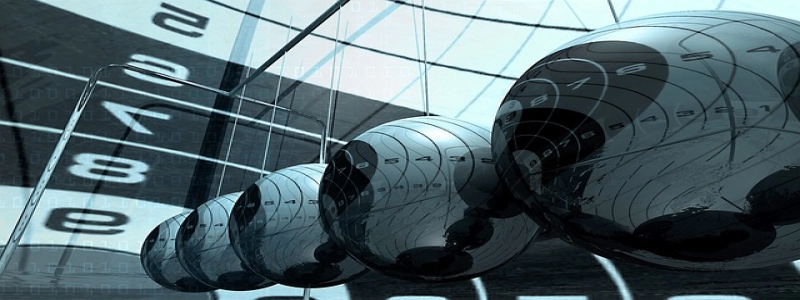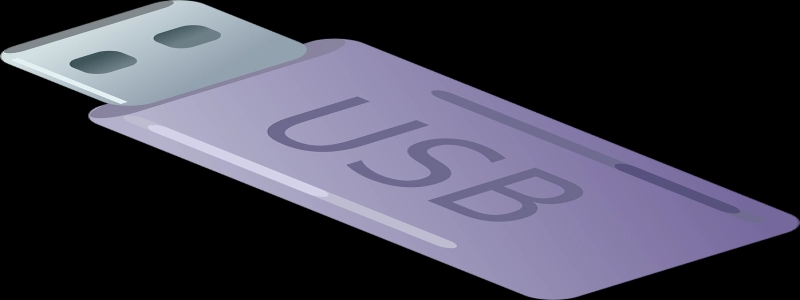How Far Can I Run Ethernet Cable?
Introduction:
Ethernet cables are widely used for networking purposes in homes, offices, and data centers. They provide a reliable and secure connection between devices such as computers, routers, switches, and other network equipment. However, one common question that arises is, \”How far can I run Ethernet cable?\” In this article, we will explore this question in detail, discussing the factors that influence the maximum distance for running Ethernet cables and providing some practical guidelines.
Factors Affecting Ethernet Cable Length:
1. Cable Category:
Ethernet cables are available in various categories, such as Cat5, Cat5e, Cat6, and Cat6a. Each category represents different specifications and capabilities, including data transfer speed and maximum cable length. In general, the higher the category, the better the performance and longer the maximum distance.
2. Data Transfer Speed:
The data transfer speed required for your network can impact the maximum distance for Ethernet cables. Higher data transfer speeds require better signal integrity, which may restrict the cable length. For example, Cat5e cables can support up to 1 Gbps (Gigabit per second) of data transfer at a maximum length of 100 meters, while Cat6a cables can handle 10 Gbps at the same distance.
3. Signal Loss and Attenuation:
Ethernet signals can experience loss and attenuation as they travel through the cable. Higher signal loss can lead to reduced data transfer speed, errors, or a complete loss of connectivity. Longer cables generally have higher attenuation, limiting the maximum distance. Factors that contribute to signal loss include cable quality, interference, and the number of connections or couplers along the cable length.
Recommended Maximum Lengths for Ethernet Cables:
While there are guidelines for maximum cable lengths based on category and data transfer speed, it is essential to consider practical limitations to ensure optimal performance. Here are some recommended maximum lengths for standard Ethernet cable categories:
– Cat5e: 100 meters or 328 feet for 1 Gbps data transfer speed.
– Cat6: 55 meters or 180 feet for 10 Gbps data transfer speed.
– Cat6a: 100 meters or 328 feet for 10 Gbps data transfer speed.
It is worth noting that Cable installation techniques, cable quality, bending radius, and environmental conditions can affect the actual maximum distance achievable. It is always advisable to consult with a professional or refer to the manufacturer’s guidelines for specific situations.
Extending Ethernet Cable Length:
Sometimes, network requirements exceed the recommended maximum cable lengths. In such cases, there are a few options for extending the distance:
1. Ethernet Extenders: These devices enable data transmission over long distances by converting the Ethernet signal to another medium, such as fiber optics or coaxial cable.
2. Network Switches or Repeaters: Placing network switches or repeaters strategically along the cable length can extend the maximum distance by boosting the signal.
Conclusion:
The maximum distance for running Ethernet cables depends on various factors, including cable category, data transfer speed, signal loss, and attenuation. Following the recommended maximum lengths for each category ensures optimal performance. In cases where longer distances are required, using Ethernet extenders or network switching devices can help overcome the limitations. Ultimately, understanding these considerations will enable you to make informed decisions when planning and setting up Ethernet networks.








